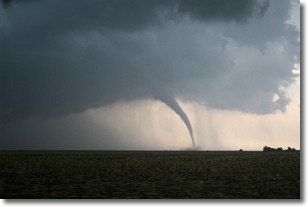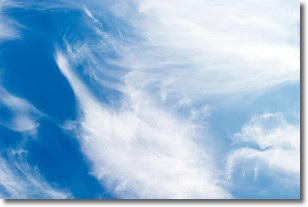Weather Alert in Texas
Flash Flood Warning issued July 13 at 8:52AM CDT until July 13 at 11:00AM CDT by NWS San Angelo TX
AREAS AFFECTED: San Saba, TX
DESCRIPTION: FFWSJT The National Weather Service in San Angelo has extended the * Flash Flood Warning for... San Saba County in west central Texas... * Until 1100 AM CDT. * At 849 AM CDT, Doppler radar indicated thunderstorms producing moderate to heavy rain continues across San Saba County. Between 4 and 7 inches of rain have fallen, with isolated totals in the 8 to 10 inch range. Additional rainfall amounts of 1 to 3 inches are possible in the warned area. Flash flooding is ongoing. HAZARD...Life threatening flash flooding. Thunderstorms producing flash flooding. SOURCE...Radar. IMPACT...Life threatening flash flooding of creeks and streams, urban areas, highways, streets and underpasses. The San Saba River through San Saba County is rising very quickly. * Some locations that will experience flash flooding include... San Saba, Richland Springs, Algerita, Cherokee, Sloan, Skeeterville, Chappel, Elm Grove, Hall, Harkeyville, Spring Creek, Locker, Us-190 Near The San Saba-Lampasas County Line and Us-190 Near The Mcculloch-San Saba County Line.
INSTRUCTION: Turn around, don't drown when encountering flooded roads. Most flood deaths occur in vehicles. Flooding is occurring. It is important to know where you are relative to streams, rivers, or creeks which can become killers in heavy rains. Campers and hikers should avoid streams or creeks.
Want more detail? Get the Complete 7 Day and Night Detailed Forecast!
Current U.S. National Radar--Current
The Current National Weather Radar is shown below with a UTC Time (subtract 5 hours from UTC to get Eastern Time).

National Weather Forecast--Current
The Current National Weather Forecast and National Weather Map are shown below.

National Weather Forecast for Tomorrow
Tomorrow National Weather Forecast and Tomorrow National Weather Map are show below.

North America Water Vapor (Moisture)
This map shows recent moisture content over North America. Bright and colored areas show high moisture (ie, clouds); brown indicates very little moisture present; black indicates no moisture.

Weather Topic: What are Wall Clouds?
Home - Education - Cloud Types - Wall Clouds
 Next Topic: Altocumulus Clouds
Next Topic: Altocumulus Clouds
A wall cloud forms underneath the base of a cumulonimbus cloud,
and can be a hotbed for deadly tornadoes.
Wall clouds are formed by air flowing into the cumulonimbus clouds, which can
result in the wall cloud descending from the base of the cumulonimbus cloud, or
rising fractus clouds which join to the base of the storm cloud as the wall cloud
takes shape.
Wall clouds can be very large, and in the Northern Hemisphere they generally
form at the southern edge of cumulonimbus clouds.
Next Topic: Altocumulus Clouds
Weather Topic: What are Altostratus Clouds?
Home - Education - Cloud Types - Altostratus Clouds
 Next Topic: Cirrocumulus Clouds
Next Topic: Cirrocumulus Clouds
Altostratus clouds form at mid to high-level altitudes
(between 2 and 7 km) and are created by a warm, stable air mass which causes
water vapor
to condense as it rise through the atmosphere. Usually altostratus clouds are
featureless sheets characterized by a uniform color.
In some cases, wind punching through the cloud formation may give it a waved
appearance, called altostratus undulatus. Altostratus clouds
are commonly seen with other cloud formations accompanying them.
Next Topic: Cirrocumulus Clouds
Current conditions powered by WeatherAPI.com




